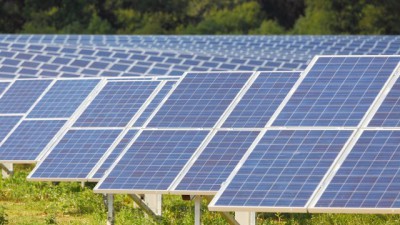
The new buzz word in solar energy at the moment is undoubtedly ‘Microgrids’. This new technology is essentially an energy system that distributes energy independently from a main power grid. Microgrids are being hailed as the new renewable energy solution, however so many of us aren’t truly aware of what they are and how they work. We ask what solar microgrids are, how they differ from generic solar energy and why we should consider them as part of our solar energy efforts.
What are microgrids?
Microgrids integrate and distribute energy sources of different kinds. Whilst they are making headlines in the renewable energy industry, they are traditionally used to distribute and store conventional energy sources such as gas and diesel. The term Microgrid just refers to a local and independent system that provides agency over energy resources in order to make them usable within communities.
When we talk about Microgrids in the Solar Power industry, we are talking about much the same thing, the difference being that the energy is from solar sources that are renewable as opposed to fossil fuel sources, as we all know, damage the environment.
GTM Research suggests tha the US Solar Microgrid industry has the capacity to reach 7.1 GW by 2023. Their predictions for microgrid technology include an increase in incentive programs to encourage microgrid usage, increased interest from energy companies and increased discussion on the benefits of microgrids.
See also: Why Solar Microgrids are better
The difference between solar and solar microgrids
A solar microgrid is a renewable energy system that acts independently of the main grid, although can also integrate and interact with the main grid when it wishes. Whilst both solar energy and solar microgrids are great for the environment as they both generate energy using solar power, mircrogrids are able to remove themselves from the main grid in what is called “islanding”. This means that if there is an issue with one area of energy output, the whole grid need not be affected. This has proven extremely useful in natural disasters, since the solar microgrid can isolate itself from the area of complication, meaning energy can still be provided to unaffected areas that are working off the same main grid.
A microgrid can also combine energy sources so that you may use both fossil fuel and solar energy in a combined effort to lower damage to the environment, whilst also providing a reliable power system for communities at all times.
Benefits of Solar Microgrids
As a result of the above, Microgrids are extremely beneficial to communities that need reliable renewable energy sources. Using a Microgrid will result in greater stability for community power systems, due to its ability to isolate itself from the main grid which can come under attack from natural disasters and electrical fault.
Microgrids will also be especially beneficial to communities where people don’t have access to electricity such as India and Africa and in remote places that are prone to natural disasters. As Maxine Ghavi notes in her writings on the role Microgrids have to play in a low carbon future:
[Microgrids] “also help to improve grid resiliency and reliability, for instance during extreme weather events. In cities affected by frequent power cuts, they are a clean and efficient alternative to diesel generators, which are highly polluting and expensive to run, pushing up the cost of doing business.”
The way that microgrids can easily separate themselves from the main grid makes them such a reliable and beneficial part of the solar power movement. Now this Microgrid technology is in place, it is hard for critics of solar power energy to claim that solar energy isn’t as reliable as traditional forms of energy. With the rise of microgrids, solar energy has caught up with traditional energy forms such as gas and diesel.
To learn more about microgrids and find out about the Solar products we offer, contact us today.
